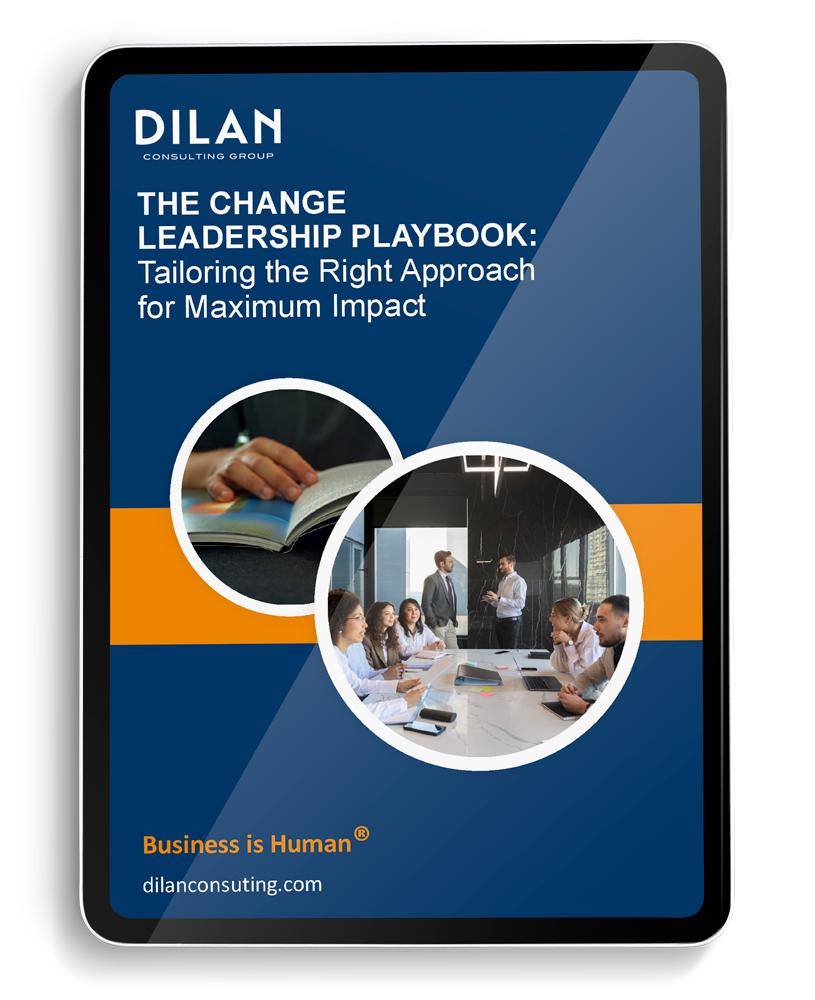The Hidden Weight of Leading Pharma Ops in a Post-Pandemic, Politically Charged, Supply-Strained World
In pharma and biotech, the COO role has quietly become one of the highest-risk, highest-visibility, and least-supported functions in the C-suite.
After years of supporting senior executives in pharma and biotech, we’ve seen firsthand how the pressure on COOs has evolved into something much more intense — and much more invisible.
Today’s pharma operations leaders aren’t just managing complexity inside the business. They’re navigating unprecedented external forces that add weight to every decision, delay, and dollar. We hear this most often from COOs leading commercial-stage companies, scaling manufacturing, or managing global supply networks.
If you’re a COO — or supporting one — ask yourself:
Do Any of These Sound Familiar?
- You’re constantly adjusting operational strategy around policy shifts that move faster than regulators can explain them.
- You’re juggling the impact of the Inflation Reduction Act, PBM reform, or FDA staffing changes, but getting little internal air cover to do it.
- Your supply chain is strained by tariffs, reshoring mandates, or BIOSECURE restrictions — while still expected to reduce COGS.
- You’re expected to drive down costs while protecting R&D, ensuring regulatory compliance, and avoiding burnout across the org.
- You’re dealing with a leadership team that’s been reshaped in the past 1–2 years — and trust hasn’t caught up to titles.
- You wake up mentally solving problems you haven’t even told your team about.
- You’re carrying the pressure of performance, people, and policy — often alone.
If you answered yes to even one of these, you’re not alone.
These aren’t just operational challenges. They’re psychological burdens being carried by high-performing leaders with no room to let them show.
🔍 The External Pressures No COO Can Ignore
Here’s what’s different about being a COO in pharma in 2025:
- Government Pricing Policies Are Squeezing Margins
- IRA & MFN pricing rules are redefining how value is calculated — and who controls it
- Pressure from Medicare negotiation creates forecasting chaos and investor tension
- You’re trying to scale while being asked to innovate on tighter margins
- Supply Chain Is a Strategic Risk, Not Just an Ops Function
- 25% tariffs on APIs from India and China are hitting margins and availability
- You’re being pushed to reshore manufacturing, but the infrastructure isn’t ready
- BIOSECURE concerns are causing partners to pause or pull out
- Regulatory Policy Shifts Are Constant
- FDA turnover, layoffs, and clinical trial diversity rollbacks raise approval risks
- Push for biosimilars increases market pressure — and shrinks launch runway
- Compliance feels like a moving target, but it’s still your responsibility
- You’re Leading in a Fog of Uncertainty
- R&D costs remain enormous, timelines remain long — but tolerance for delay is gone
- Innovation is expected, but with less political and financial support
- Cultural divide inside the org: legacy “survivors” vs. agile newcomers — no time to integrate
What Executive Coaching Offers COOs — Especially Now
Most executive coaching is positioned as a way to “improve leadership” — but for the leaders we work with, that’s not the ask.
Here’s what high-performing pharma COOs actually need from coaching right now:
- A Confidential Decision-Making Lab
They need a space to think through trade-offs, regulatory nuance, political pressure, and team dynamics — with someone who understands the stakes. - Strategic Pattern Recognition
They need help identifying what’s a symptom vs. the system — and when to push, pause, or pivot. - Pressure Release Without Performance Drop
They need a partner who understands executive fatigue, leadership optics, and emotional regulation under high scrutiny. - System-Level Framing, Not Just Personal Development
Today’s coaching must go beyond mindset — it has to engage with real-world context: legislation, compliance, investor pressure, and operational reality.
Final Thought
If you’re a pharma COO or C-Suite executive, or someone who supports them, know this:
You’re not overwhelmed because you’re weak.
You’re overwhelmed because the system you lead in is more volatile, visible, and contradictory than ever before.
Coaching isn’t a soft skill anymore.
It’s executive risk management — for people who are expected to hold the entire weight of the business without losing clarity or capacity.
If this sounds familiar, let’s talk.









